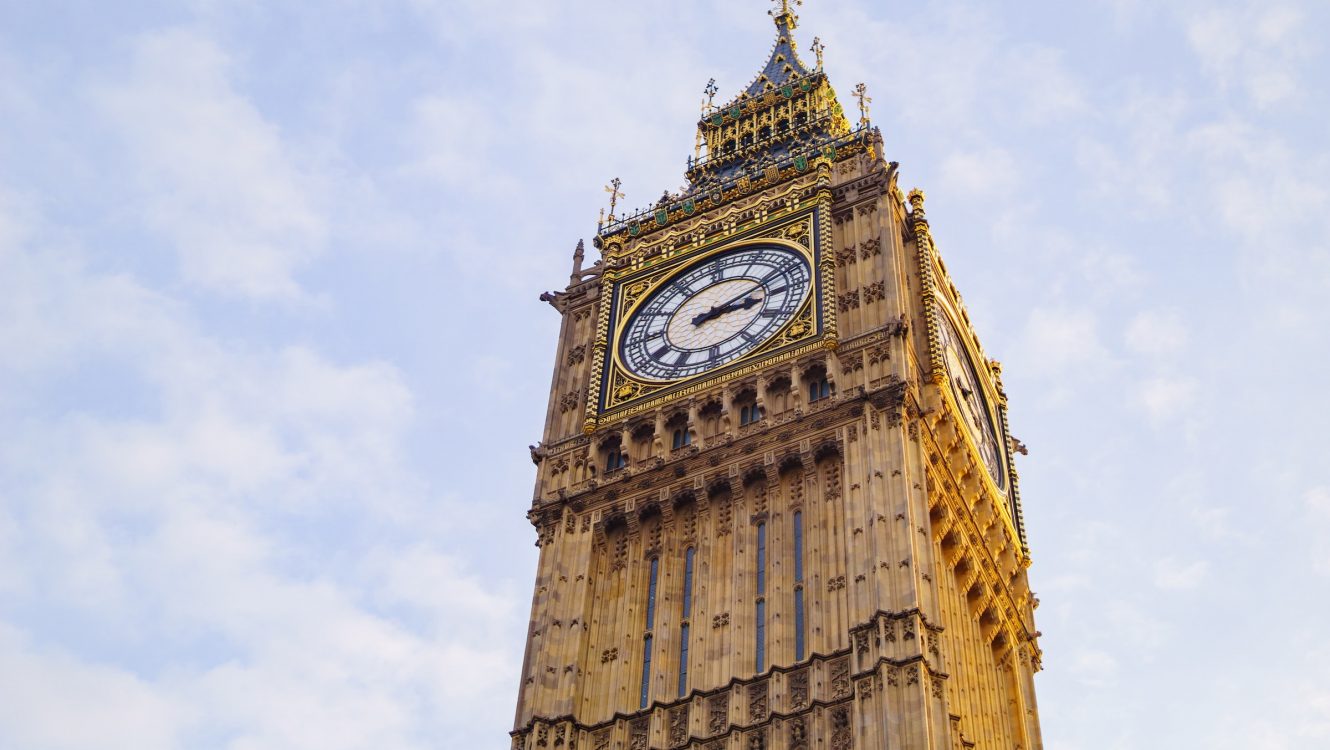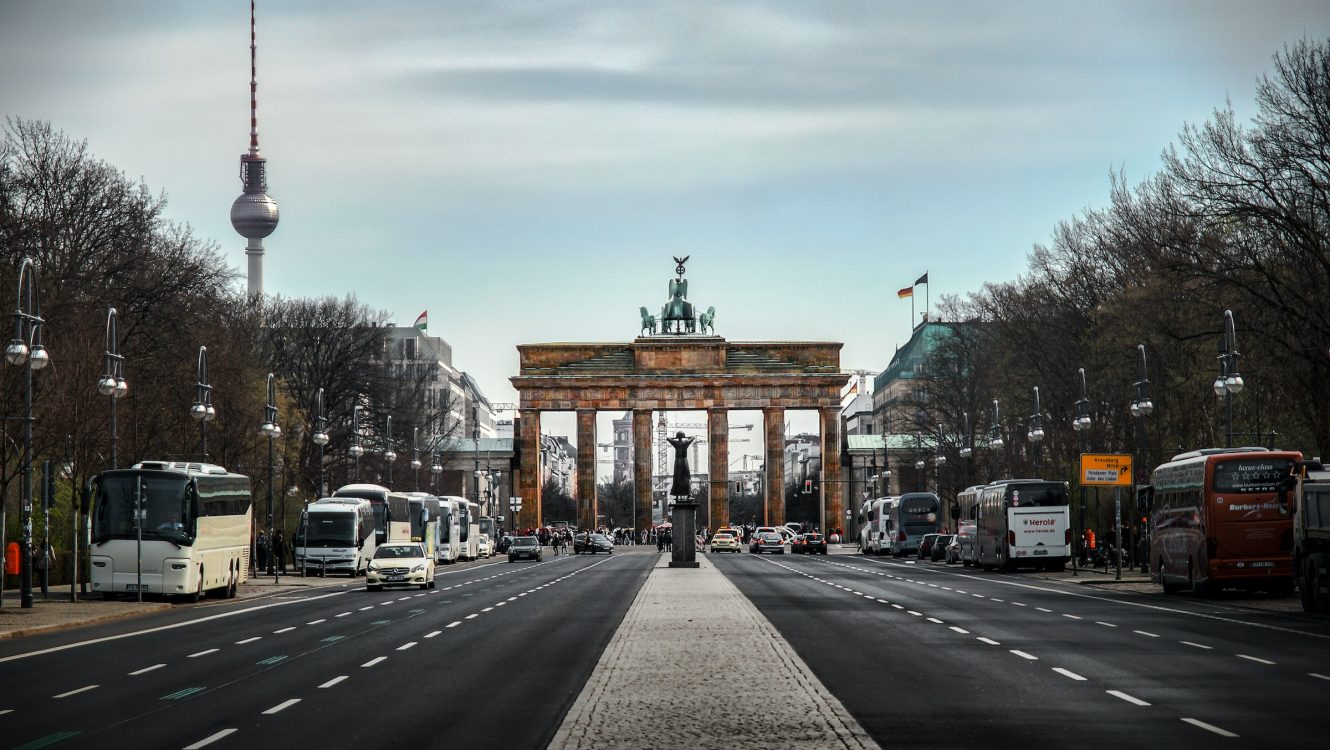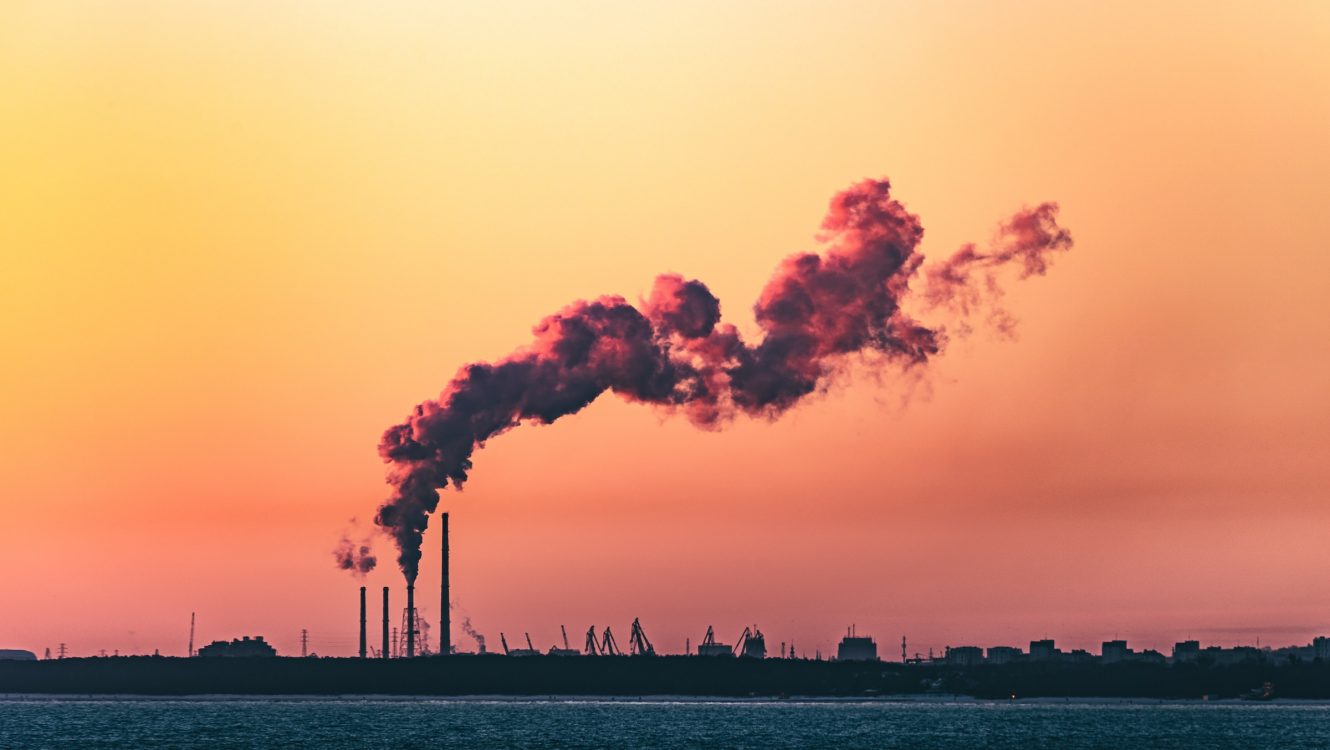Sunak Faces Business Elite’s Criticism Over Shift in Green Stances
London — Prime Minister Rishi Sunak’s recent recalibration of the UK’s commitment to a net zero future has unsettled prominent business moguls. Ironically, these are the same individuals who once scrutinized Labour’s 2015 directives. They’re now sounding alarms over the Tory administration’s apparent pivot from eco-friendly endeavors.
Reservations Amid Policy Reversals
This transition away from net zero objectives has kindled spirited discussions within the upper echelons of the business world. A consensus is emerging that such changes not only sow seeds of unpredictability in the commercial environment but also diminish the UK’s global reputation in championing environmental causes.
Richard Baker, once at the helm of Whitbread and Boots, was straightforward in his critique. “This change is concerning,” he commented, “primarily due to the investment ambiguities it introduces for companies.”

We need to negotiate
Uncertain Avenues for Eco-Investments
Key among the modified stances are the postponed 2030 target for universal electric cars, scaled-down energy efficiency aims for property owners, and the potential abandonment of the Manchester segment of the HS2 rail venture. These decisions have led to increased scrutiny of the UK’s commitment to environmental sustainability.
Sarah Jane Thomson, of consultancy powerhouse Ebiquity, expressed her astonishment at the sudden change of course. “This unsettles both market and consumer trust,” she pointed out. “The 2030 goal established by Boris Johnson greatly shaped automotive industry blueprints. It’s disappointing to witness such visions being sidelined.”
Plea for Unified Environmental Vision
Figures like Nick Jenkins, the brains behind Moonpig and a familiar face from BBC’s Dragon’s Den, emphasize the importance of a harmonized approach to eco-policies. Jenkins underscored the significance of unwavering long-term agendas and the pitfalls of shifting goalposts. “A unified political stance on these pivotal policies would have been ideal,” he said, underlining the importance of prioritizing lasting environmental goals over fleeting political interests.
Looking Ahead
Even with governmental oscillations, a significant segment of the business sector views net zero progression as a beacon for expansion. Julietta Dexter, the driving force behind ScienceMagic, exudes confidence: “Ethical enterprises are charting their course to net zero, irrespective of governmental postures.”
As the UK grapples with balancing economic propulsion and ecological conscientiousness, the influence of its commercial leaders in shaping, if not propelling, the country’s green aspirations grows more crucial. The pressing question remains: will the administration respond to their clarion call?
©globalgreenhouse.eu



















